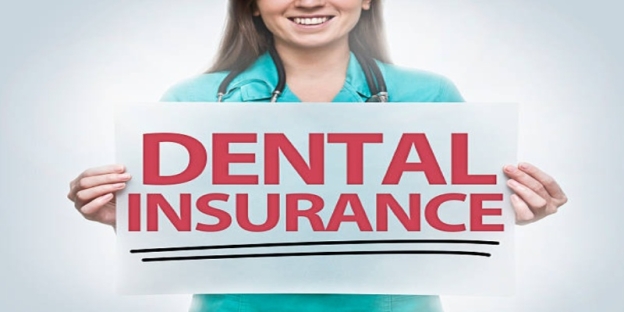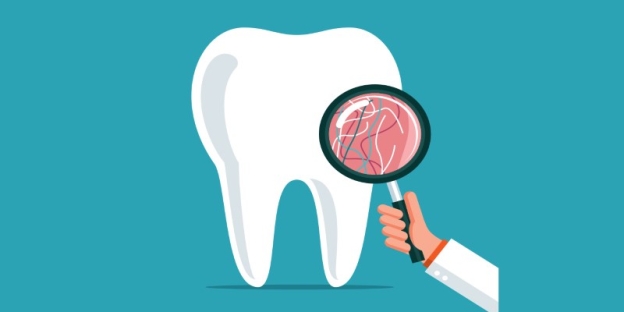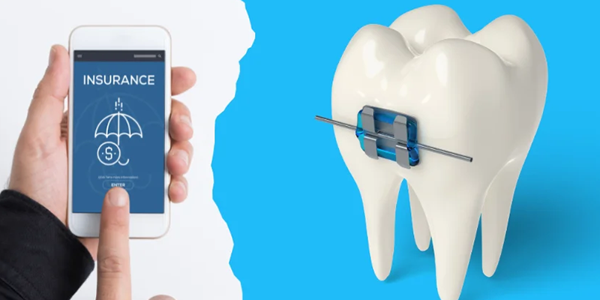Is A Dental Savings Plan Better Than Insurance?
Have you ever left a dentist's office with a bill that made your eyes widen in surprise? Dental care can be surprisingly expensive, especially without a solid plan in place. That's why many people find themselves wondering: Is a dental savings plan better than insurance? Or should they stick to traditional dental insurance and hope for the best?
If you're undecided between these two options, this guide is for you. Let's unpack the key differences, benefits, and drawbacks—so you can make a wise, wallet-friendly choice for your dental health.
What Is A Dental Savings Plan?
Imagine walking into a dental office, showing your membership card, and receiving an immediate discount on your treatment. That's how a dental savings plan works.
Also known as a dental discount plan, this is a membership-based program that offers benefits. You pay a yearly fee (usually between $80 and $200), and in return, you get access to a network of dentists who offer discounted rates on services. The savings can range anywhere from 10% to 60% depending on the procedure.
There's no waiting period, no claim forms, and no worrying about whether you've "hit your deductible." You receive the care you need, pay the reduced rate, and continue with your day.
What Is Dental Insurance?
Dental insurance, on the other hand, operates similarly to traditional health insurance. You (or your employer) pay a monthly premium, typically ranging from $20 to $50 per person. The insurance then covers a percentage of your dental costs, typically with the following structure:

- Preventive care (cleanings, exams): 100% covered
- Basic procedures (fillings, extractions): 70–80% covered
- Major procedures (crowns, root canals): 50% covered
Most plans come with an annual maximum, typically ranging from $1,000 to $1,500. Once you reach that limit, you'll pay out of pocket until the next coverage year begins.
Comparing The Two: Which Option Wins?
Now let's get into the real question. Which option makes the most sense for your needs and budget?

Cost Of Coverage: Savings Plan Vs. Insurance
Let’s say you’re a single adult who visits the dentist twice a year for cleanings and occasionally needs a filling. Here’s how the cost comparison might look:
| Plan Type | Annual Fee | Services Included | Total Yearly Cost (Est.) |
| Dental Savings Plan | $150 | Discounts on all services | ~$300–$400 (incl. services) |
| Dental Insurance | $360–$600 | Preventive + partial coverage | ~$600–$800 (incl. services) |
Savings plans are typically more cost-effective upfront and offer more predictable results. Insurance may provide more coverage if you require frequent or significant dental work, but it comes with a higher price tag.
Waiting Periods And Limits
One major frustration with dental insurance is the waiting period. Many plans require you to wait 6–12 months before they cover specific treatments, especially major procedures.
Dental savings plans? No waiting. You can start using your discount as soon as your membership is active—even for big-ticket procedures.
Also worth noting: insurance plans often have annual limits, while savings plans don't. If you require multiple costly procedures in a year, unlimited access can be a significant benefit.
Dentist Availability And Network
Both dental insurance and savings plans operate within networks. However, the type of dentist who accepts them might differ.
- Insurance plans may have more comprehensive networks, but they also involve more paperwork and administrative tasks. You may also want to obtain pre-approval before undertaking major work.
- Dental savings plans are often accepted by a wide range of providers, including independent dentists who prefer less red tape.
It's worth checking which dentists near you accept each plan. If you already have a preferred dentist, ask them what insurance plans they accept.
Coverage For Big Procedures
If you need a root canal or a crown, insurance may offer better upfront coverage. But remember the annual cap. If your treatment costs $2,000 and your plan only covers up to $1,500 per year, you'll still be paying a good chunk out of pocket.
Savings plans won't cover the cost per se, but they may offer a 30%–50% discount. Depending on your total needs, that could end up costing you less.
Real-Life Example:
Insurance Plan: Covers 50% of a $2,000 crown. You pay $1,000, plus your annual premium.
Savings Plan: Offers 40% off the same $2,000 crown. You pay $1,200, but you also skip the premium cost.
In many cases, it’s closer than you’d think.
Family Coverage And Flexibility
If you’re covering a spouse or children, both options offer plans that can extend to multiple people.
- Insurance often charges per person, which adds up quickly.
- Savings plans usually allow you to add family members for a modest extra fee.
Some families choose to mix and match—getting insurance for the kids and a savings plan for the adults who need less coverage. This can be a smart, flexible way to cut costs while keeping everyone protected.
Ease Of Use
Dental savings plans are about as simple as they get. You sign up, get your card, and show it at the dentist's office. No claims. No waiting. No "what's covered and what's not" confusion.
Dental insurance can feel more complex. You may need to submit paperwork, check with your provider to determine what is included, and monitor your progress toward your annual limit.
If convenience is important to you, savings plans win here hands down.
Making The Right Choice For Your Smile
There's no one-size-fits-all answer when it comes to choosing between a dental savings plan and dental insurance. The right pick depends on your dental needs, budget, and the amount of coverage you're likely to use.
Think about your past dental expenses. Run the numbers. Discuss the costs with and without coverage with your dentist. With just a bit of planning, you can pick the option that keeps your teeth—and your wallet—in top shape. Because in the end, a healthy smile isn't just about bright teeth. It's about making wise choices that give you peace of mind, no matter what life throws your way.







